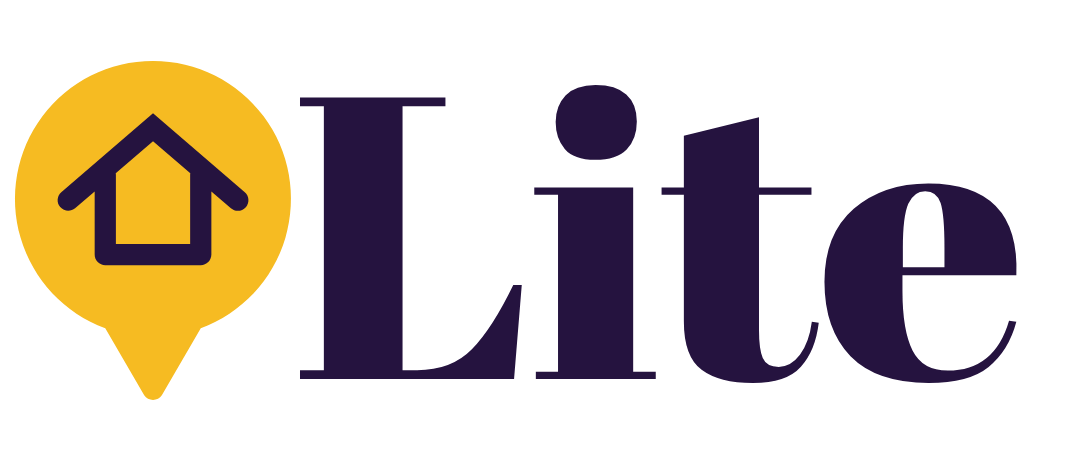An Agreement in Principle (AIP) and a Formal Mortgage Offer are two distinct stages in the mortgage application process, each serving a different purpose. Let’s understand the difference between them:
1. Mortgage Agreement in Principle (AIP):
An Agreement in Principle (AIP) is also commonly known as a Decision in Principle (DIP) or a Mortgage in Principle (MIP). It is a preliminary indication from a lender of how much they may be willing to lend you based on an initial assessment of your financial situation. The AIP helps you get an idea of your borrowing potential before making an offer on a property.
To obtain an AIP, you typically provide basic financial information to the lender, such as your income, employment status, and existing debts. The lender then performs a soft credit check (a check that does not impact your credit score) to assess your creditworthiness. Based on this initial assessment, the lender offers an indication of the amount they may be willing to lend you.
An AIP does not guarantee that you will receive a formal mortgage offer. It is only an indication of the lender’s potential willingness to lend, subject to further verification and a full mortgage application.
2. Formal Mortgage Offer:
A formal mortgage offer is issued by the lender once they have completed a comprehensive assessment of your application. It sets out the specific terms and conditions of the mortgage, including the loan amount, interest rate, repayment schedule, and any special conditions.
To receive a formal mortgage offer, you must submit a complete mortgage application to the lender. The lender will then conduct a more detailed assessment, including a thorough credit check, verification of your income and financial documentation, and other relevant checks. Once they are satisfied with your application and all necessary checks, they issue the formal mortgage offer.
A mortgage offer or principle is not a legally binding contract. The lender still has the right to withdraw the offer, although this is rare. It is important to read the offer carefully and understand the conditions stated. Your solicitor will sort out all of the legal steps involved in purchasing a new property, known as conveyancing – see our blog on the conveyancing process here .
The process of buying a house becomes legally binding at the exchange of contracts stage. This is when both the buyer and seller are legally committed to the sale. After contracts are exchanged, the seller must sell, and the buyer must buy at the agreed price. If either party pulls out after this point, they could face serious legal consequences.
Before this stage, either party can withdraw from the sale without any major legal implications. However, once contracts are exchanged, pulling out of the transaction could result in the loss of the deposit, and the party in breach may be sued.
It’s important to note that the exchange of contracts is usually handled by solicitors and often takes place a few weeks before completion. The completion date, which is when the property officially changes ownership and the money is transferred, is usually set for a specific date during the exchange of contracts.

